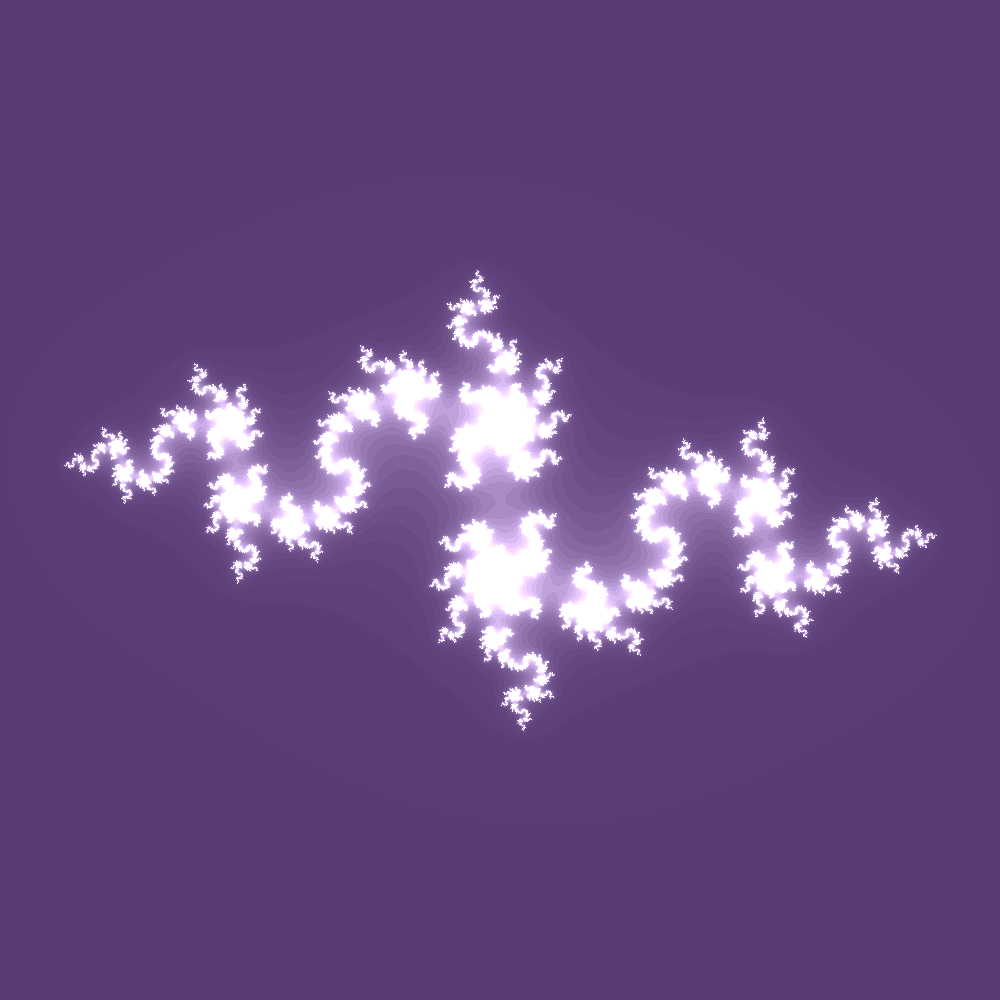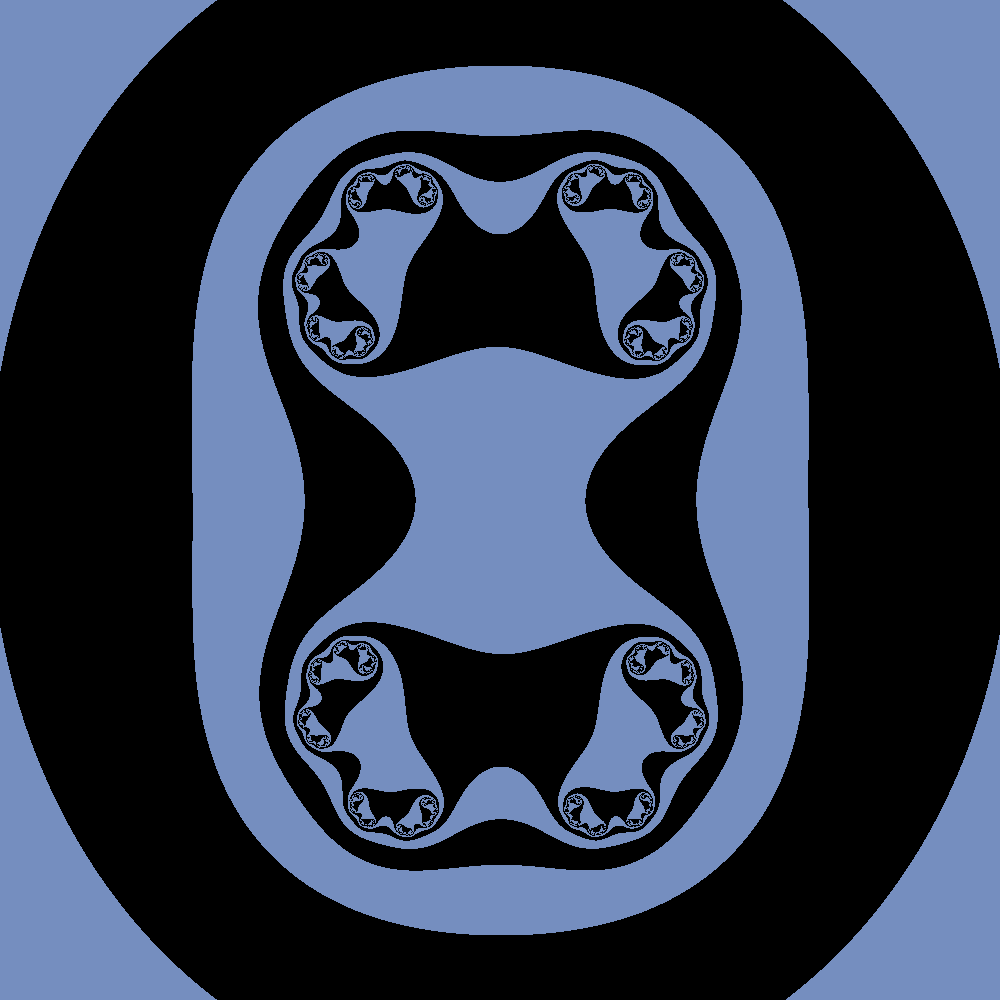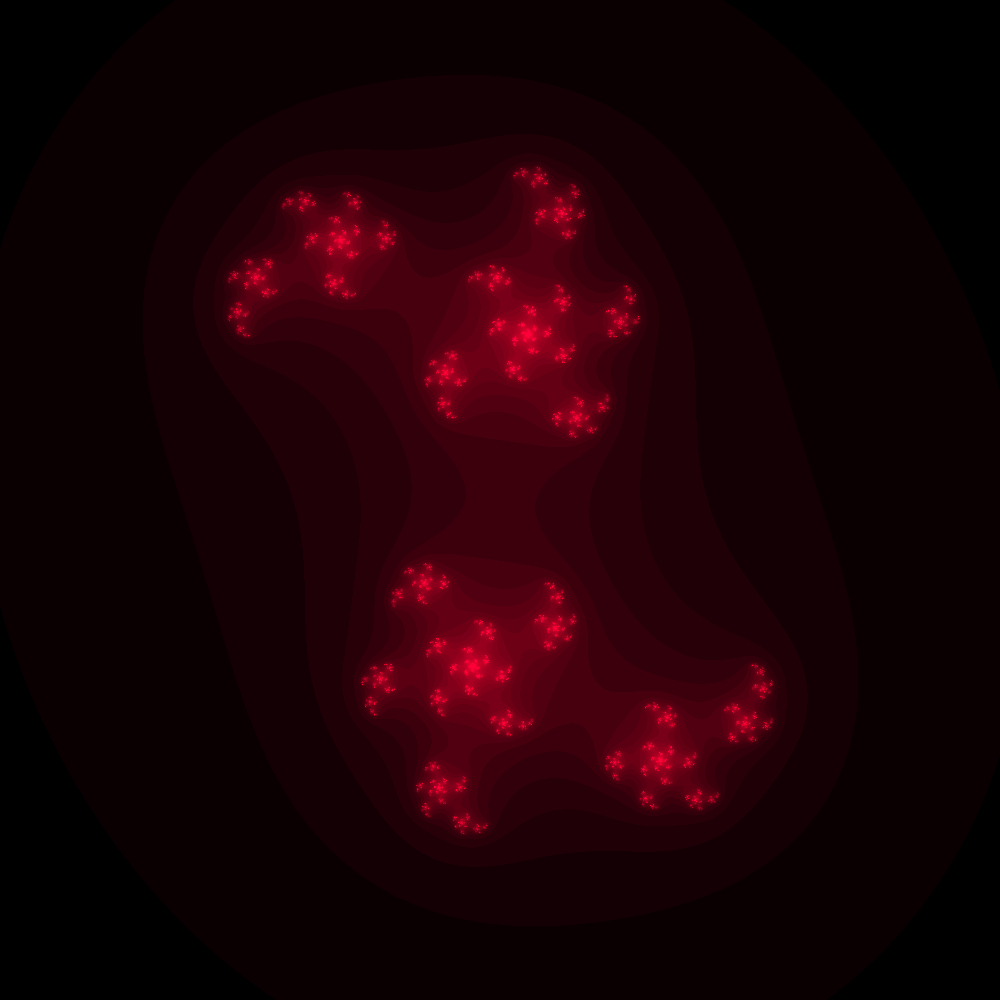Command line tool for generating Julia
Project description
Julia Art "juliart"
This module is based on the Color Julia Bot but intended for command line generation, and with options to customize colors based on holidays. The name "juliart" is also a play on word (Juliard) to hint at artsy things.
I'm customizing it to add more color palette choices (under development).
Usage
Install
You can install from pypi
pip install juliart
or install from the repository directly:
$ git clone https://github.com/vsoch/juliart
$ python setup.py install
Generate Art
You can see basic usage by typing juliart into your terminal:
$ juliart
usage: juliart [-h] [--version] {generate} ...
Julia Set art generator
optional arguments:
-h, --help show this help message and exit
--version suppress additional output.
actions:
actions for Julia Set art generator
{generate} juliart actions
generate generate a Julia Set image
And then customizations for the generate command:
$ juliart generate --help
usage: juliart generate [-h] [--force] [--outfile OUTFILE] [--res RES]
[--color {random,pattern,glow}]
[--theme {christmas,easter,fall,random,halloween,hanukkah,spring,summer,thanksgiving,valentine,winter}]
[--zoom ZOOM]
optional arguments:
-h, --help show this help message and exit
--force, -f force generation of image if already exists.
--outfile OUTFILE the output file to save the image (defaults to
randomly generated png)
--res RES the resolution to generate (defaults to 1000)
--color {random,pattern,glow}
a color pattern to follow.
--theme {christmas,easter,fall,random,halloween,hanukkah,spring,summer,thanksgiving,valentine,winter}
a theme to color the art (defaults to random colors)
--zoom ZOOM the level of zoom (defaults to 1.8)
If you use the defaults, it will generate a randomly named image in your present working directory.
$ juliart generate
Generating Julia Set...
Saving image to doopy-kerfuffle-5780.png
Otherwise you can do any of the customizations shown above!
Colors
The three choices for colors are random, pattern, or glow, or setting your own RGB value.
Random
Random is the default, and the image at the top of the README here is generated using this setting. Take a look at more more random examples.
Pattern
Pattern doesn't use a gradual gradient, but instead returns a hard boundary between a color (and black).
Take a look at more more pattern examples here.
RGB
If you want complete control of the color, provide a comma separated list of RGB numbers as follows:
$ juliart generate --rgb 9,35,155
Note that this will also work with the --color pattern flag.
Glow
Glow means a dark background (black) with a color gradient. Here is an example:
And is generated as follows:
juliart generate --color glow
See more glow examples.
If you choose glow, this will overwrite the choice of a theme (discussed next).
Themes
To get a little more variety in your choice of colors, you can select a theme!
juliart generate --theme halloween
juliart generate --theme christmas
juliart generate --theme hanukkah
juliart generate --theme thanksgiving
juliart generate --theme valentine
juliart generate --theme easter
juliart generate --theme fall
juliart generate --theme spring
juliart generate --theme summer
juliart generate --theme winter
For any of the commands above, you can also add --color pattern to flip the background
from the theme color to be black.
$ juliart generate --theme halloween --color pattern
Take a look at images in the themes folder to get a sense of the color palettes.
Docker
You can run the pre-generated Docker container too! You'll need to bind a folder on the host to save the image to.
$ mkdir data
$ docker run -it -v $PWD/data/:/data vanessa/juliart generate --outfile /data/art.png
You can also build the image first if you like:
$ docker build -t vanessa/juliart .
Project details
Download files
Download the file for your platform. If you're not sure which to choose, learn more about installing packages.
















